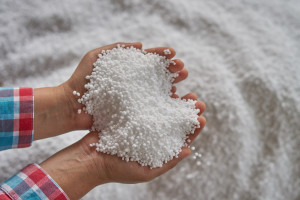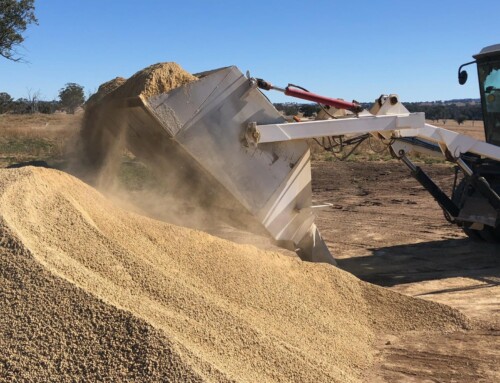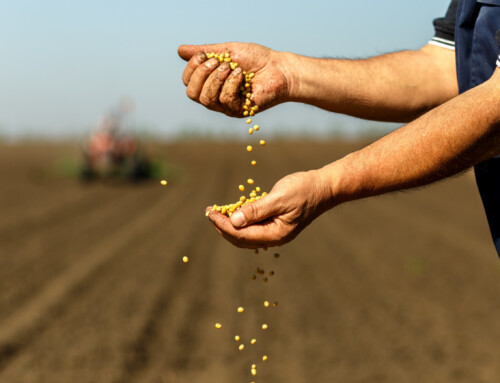Urea contains 46% Nitrogen.
A commonly traded commodity, Urea is usually the cheapest source of nitrogen available and therefore the most commonly used.
Usual rates applied depend on potential crop yield, soil type, crop type and rainfall expected. Urea Application rates vary from 30kg/ha to 150kg/ha.
In cereal crops in the wheatbelt nitrogen has become the most limiting nutrient in crop yield.
Continuous cropping, shorter pasture rotations, higher crop yields and less Nitrogen from legume crops all mean that many yields are restricted by lack of nitrogen.
There are several common sources of nitrogen used in cropping, of which Urea is the most common and traded as commodity around the world and is also the cheapest
Nitrogen source at the present time. Other sources include:
- Sulphate of Ammonia (SOA either as granular or powdered/fine crystal product with around 21% N and 24% suphur)
- CAN (Calcium Ammonium Nitrate) which is an Ammonium Nitrate, coated with a calcium Oxide powder.
- Liquid Nitrogen.
- Coated Urea. Coatings of a polymer resin or with nitrification inhibitors such as carbon are designed to slow nitrogen
release and make it safer to place N in close proximity to the seed.











